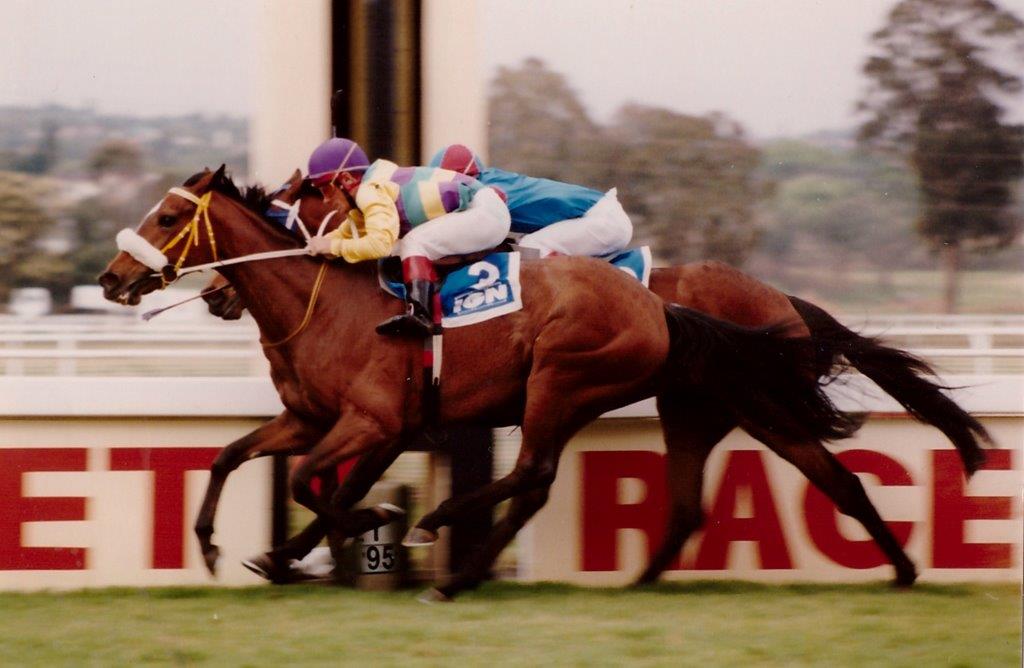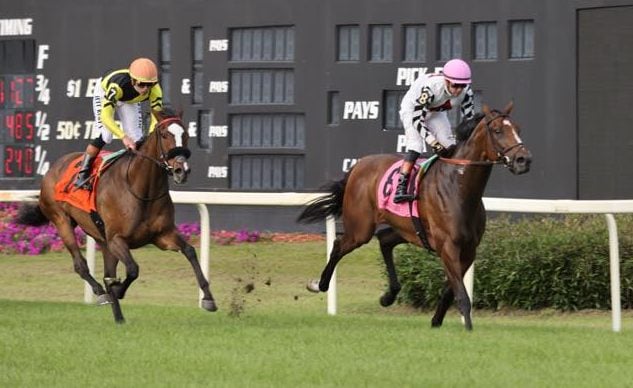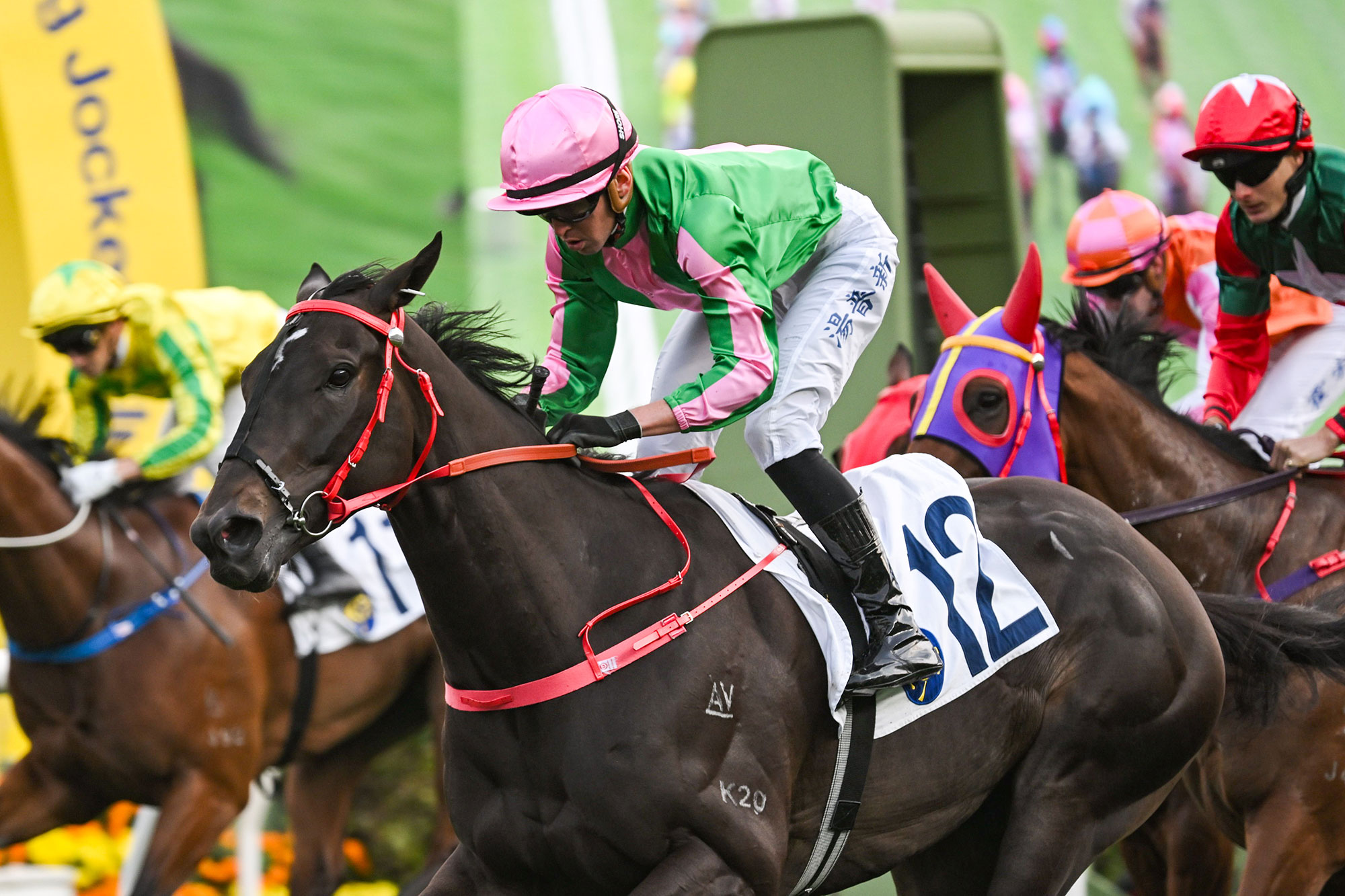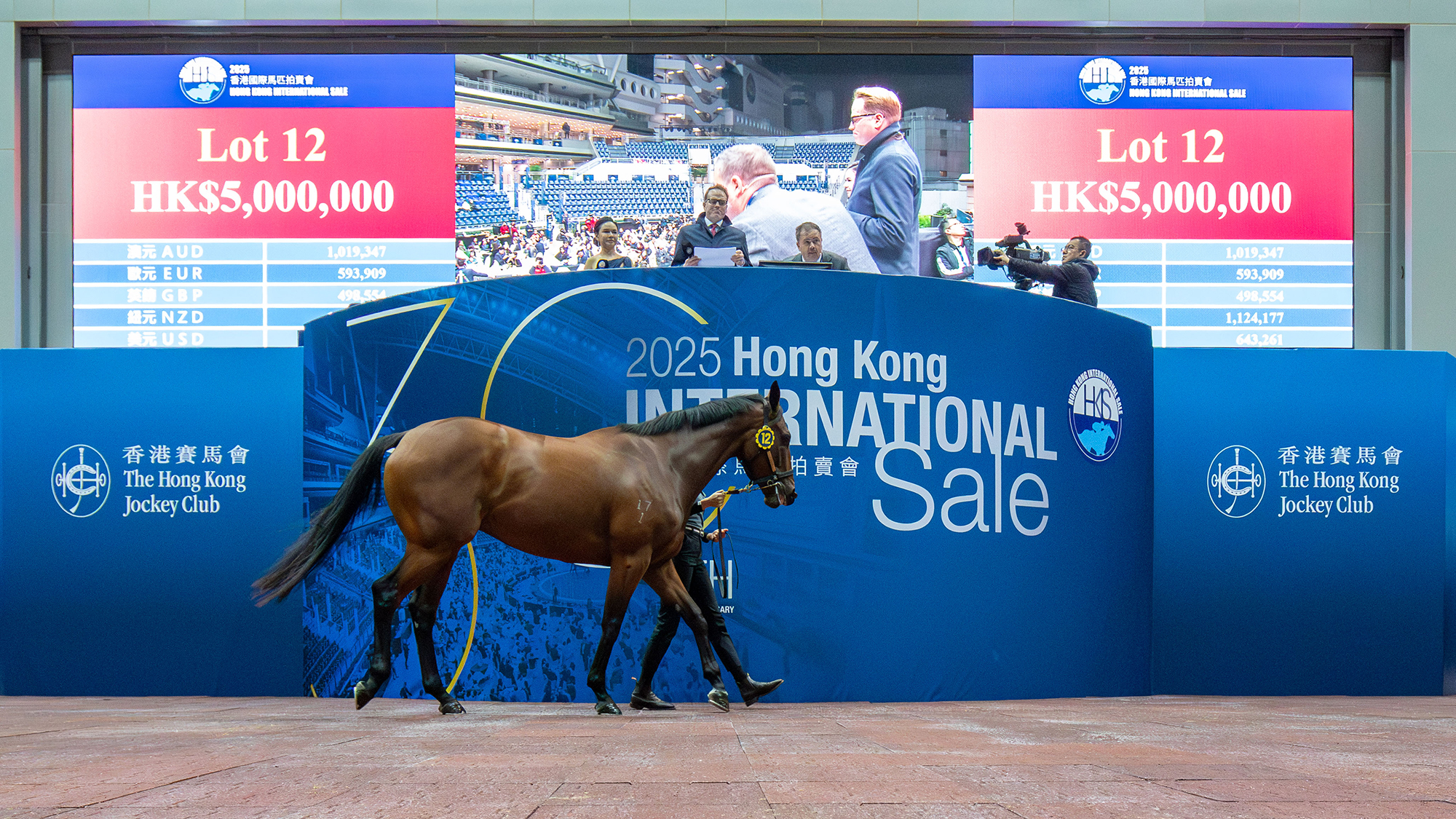Two months and the cost of fixing something that isn’t broken becomes obvious. The NHRA must realize that the wholesale addition of 10 points on the population is a mistake. Or do they?
The range of turf ratings went from 0-126 to 10-136. The rating system is whole numbers and arithmetic all converted to ½ Kgs.

Tony Mincione writes in the Sporting Post Mailbag that it is clear that there was no ‘need’ to add 10 points to every horse.
The letter of explanation from the NHRA was another press release of gibberish. The ratings could have stayed at a starting point of 0, rather than the 3 horses now rated ‘10’ at the bottom of the pile.
At the top of the highest level horses would carry 60kgs (or 120 half-kilos) in a handicap like the July. A rating of about 120 will represent the top 0.5%, with a handful greater than 120 to cater to super horses, but probably very few like a tenth of 1%.
From August when horses have turned 3 years old and they prepare for races like the Guineas, the 1600m weight-for-age (WFA) starts at 9kgs (18 half-kilos). That means that a young horse that can get anywhere close to 100 could have the scope to be a top horse.

South African racing suffered a huge upheaval when it took the plunge in 1995 to change from an arbitrary handicapping system which worked in our isolation, to a merit-based system understood by modern racing and facilitated by a computerised long handicap. Timeform was the leading example at the time.
It was apparent that it would take a long time for the language of racing created over so many years of tradition to absorb a new system and create new habits.
It would be a bit like changing the currency from pounds to rands or the measuring system from pounds to kilograms and inches to centimeters.
And especially difficult for racing which used old weights and measures as an intrinsic part of the sport. Remember a furlong being 220 yards?
It is almost criminal that after a 25-year investment of time and effort where we all “got our eye in”, where the idea of a 90 horse, or a 110 horse, or a 120 horse began to take root with a fair measure of accurate understanding, that an arrogant NHRA would make an unnecessary change for the sake of change.
With no words of support from anywhere, how is it that changes still get rammed down just as if a dictator knows better than everyone? Do ‘they’ really know better? Did the NHRA consider the other methods to prevent their creep?
Comment after comment shows the confusion that the ‘new’ ratings have caused with this backward step.
 It took a long time to develop the ‘gut feel’ for the metric merit system with its international correlation, and all that was damaged in moments.
It took a long time to develop the ‘gut feel’ for the metric merit system with its international correlation, and all that was damaged in moments.
When you build stairs the rule is you make the step no higher than 19,7cm and when you build a desk you aim for 75cm. Any higher and people trip on the stair or notice the desk feels wrong. That is years of unconscious calibration at work, you know this is true.
Horseracing has a steep learning curve. It’s a problem causing huge cracks in the economics of racing right now, and one we haven’t started to solve.
Many warned the NHRA strenuously when the idea was proposed. They protested as the proposal solidified into a blunder.
Now all you can ask is: could the NHRA be any more thoughtless?








